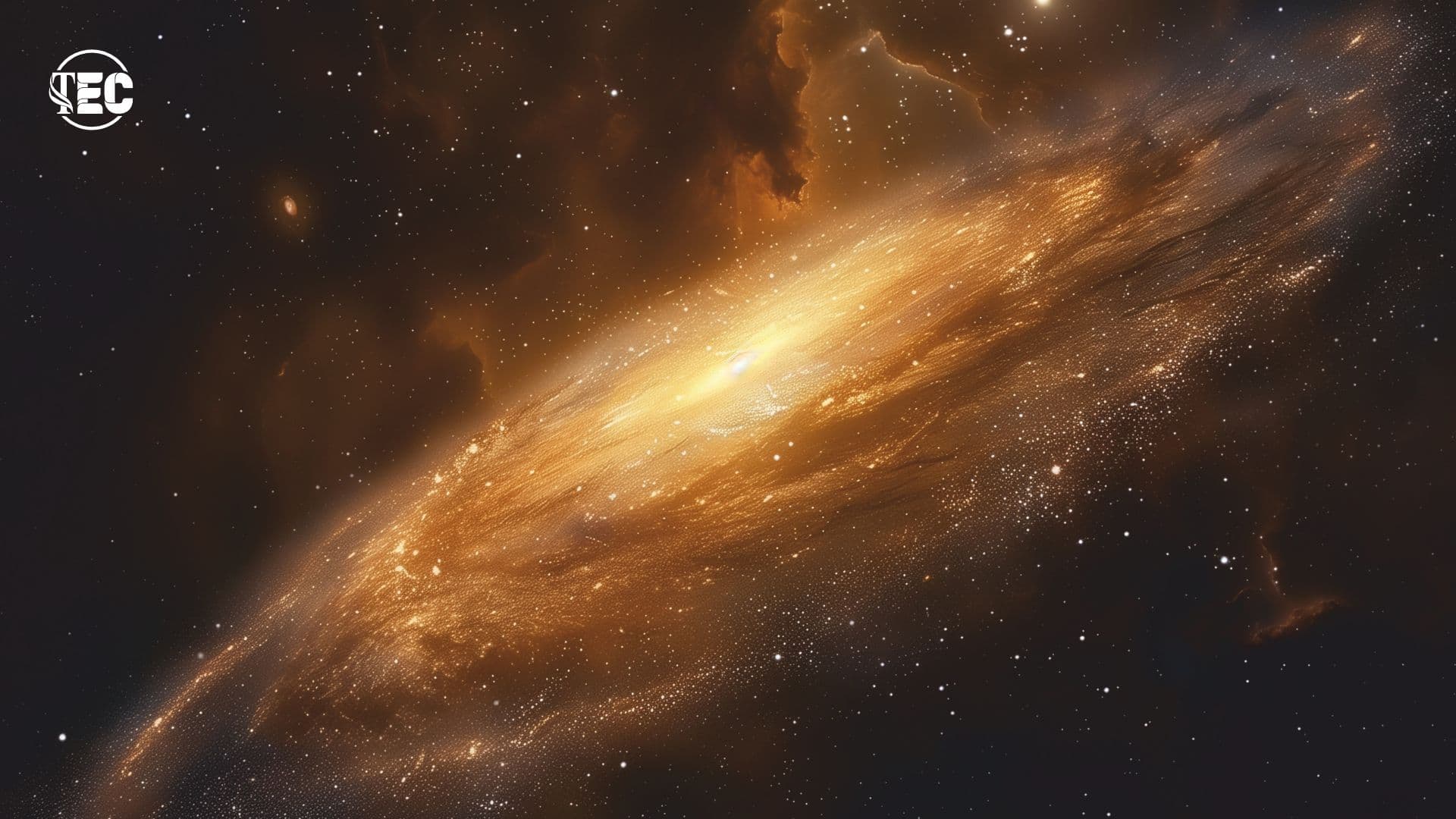The 3 most exciting things in the universe you probably didn’t know about

Buckle up, space adventurers! In this mind-blowing journey, we’re exploring some of the most astonishing cosmic wonders you've likely never heard about. From a galaxy-spanning superstructure to the farthest galaxy ever seen, and the breathtaking beauty of a cosmic nebula, these discoveries will leave you starstruck.
Hercules–Corona Borealis
Let’s start with the biggest thing in the universe; the Hercules–Corona Borealis. What exactly is the Hercules–Corona Borealis Great Wall? It is the largest known structure in the universe, a vast supercluster of galaxies, forming a cosmic “wall” stretching roughly 10 billion light-years across.
Discovered in 2013 through gamma-ray burst (GRB) data, it's mind-bogglingly massive, covering a significant portion of the observable universe. Imagine clusters of galaxies all huddled together in a gigantic, interconnected structure. This is the ultimate example of how space is filled with large-scale, yet mind-blowing, structures.
1. Naming Convention
Interestingly, the name “Hercules–Corona Borealis Great Wall” wasn't chosen by the researchers who discovered it. Instead, a Filipino teenager coined the name after reading about the discovery online. This name refers to the location of the structure, which stretches across the constellations Hercules and Corona Borealis. However, it's somewhat misleading because the Great Wall spans far beyond those constellations.
2. Estimated Size, Structure, and Dimension
The Great Wall is estimated to be around 10 billion light-years long, making it about 10% of the observable universe's diameter. To put that in perspective, the Milky Way galaxy is just 100,000 light-years across. The Hercules–Corona Borealis Great Wall dwarfs this, showing how unbelievably massive structures in space can be. It extends across multiple constellations, covering a vast area of the sky.
3. Observational Evidence
The structure was detected by studying gamma-ray bursts (GRBs), which are incredibly powerful explosions in the universe. GRBs help astronomers locate dense areas filled with galaxies. The team found that many GRBs were clustered together about 10 billion light-years away, suggesting the presence of this massive structure. This clustering is what revealed the Hercules–Corona Borealis Great Wall.
GN-z11
Now, we move on to the farthest object in the universe, the GN-z11. GN-z11 is the farthest and oldest galaxy we’ve ever seen in the universe. It’s located about 13.4 billion light-years away, which means we’re seeing it as it looked just 400 million years after the Big Bang! That’s pretty wild, right? This galaxy gives us a glimpse of the early universe when it was still in its “cosmic toddler” phase.
1. Naming ConventionThe name GN-z11 may not sound all that flashy, but it holds a lot of meaning. The “GN” refers to the GOODS-North survey, a deep-field astronomical project that helped spot the galaxy. The “z11” refers to its redshift value, which is a key indicator of how far away the farthest object in the universe is from us, based on how much its light has been stretched due to the universe’s expansion.
2. Estimated Size, Structure, and DimensionGN-z11, the farthest object in the universe is much smaller compared to our own Milky Way. It’s about 25 times smaller and has only 1% of the Milky Way’s mass in stars. However, it’s growing fast, forming stars at a rate 20 times quicker than our galaxy does today. Despite its small size, GN-z11 is incredibly bright, allowing astronomers to detect it from such an enormous distance.
3. Observational EvidenceGN-z11 was first spotted by the Hubble Space Telescope and later confirmed using the Keck I Telescope in Hawaii. Scientists measured the distance of the farthest object in the universe by studying its redshift and the ultraviolet light it emits, giving us the most accurate distance estimate so far. This galaxy is right on the edge of what Hubble can observe, and upcoming observations with the James Webb Space Telescope will likely reveal even more.
Helix Nebula
And finally, we have one of the most beautiful things in the universe, the Helix Nebula. Located about 650 light-years away in the constellation Aquarius, the Helix Nebula is a stunning planetary nebula. This beautiful structure is formed when a dying star (like our Sun) ejected its outer layers, creating a glowing cloud of gas and dust. At its center lies a white dwarf, the remnant core of the once-bright star. The nebula’s colorful appearance makes it a favorite among astronomers and one of the most beautiful things in the universe.
1. Naming Convention
The Helix Nebula, also cataloged as NGC 7293, was given its name due to its apparent spiral or helix-like structure when viewed from Earth. Often referred to as “The Eye of God” because of its striking, eye-like appearance, this nebula has also been nicknamed “The Eye of Sauron” in pop culture. Despite its beauty, the name “planetary nebula” is a misnomer; early astronomers mistakenly thought these nebulae resembled planets.
2. Estimated Size, Structure, and Dimension
The Helix Nebula spans approximately 2.87 light-years across, and its bright inner ring is about two light-years in diameter. It’s one of the largest and closest planetary nebulae, stretching over an area of the sky almost the size of the full Moon. The nebula consists of complex gaseous structures, including cometary knots, which are dense blobs of gas larger than our entire solar system.
3. Observational Evidence
The Helix Nebula has been observed in multiple wavelengths of light, including infrared, ultraviolet, and visible light. These observations have been made by powerful telescopes like NASA’s Hubble and Spitzer space telescopes, as well as the VISTA infrared survey. The nebula's rich detail and glowing gas are the result of the ionizing radiation from the hot central white dwarf. Astronomers have noted the rapid expansion of the nebula’s outer rings, moving at speeds of up to 40 km/s.

Leave A Reply
Your email address will not be published.*